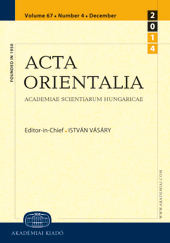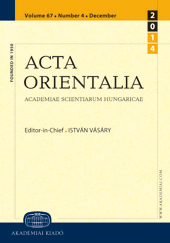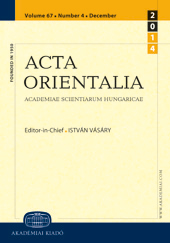
Tari̇hçi̇ Şükrullâh Çelebi̇ (1380?–1460)
The historian Şükrullâh Çelebi (1380?–1460), coming from the family of ulemas , belongs to the less known figures of Ottoman historiography. Our knowledge concerning his life is very limited: in the period of 1402–1413 he must have been in the service of the şehzâdes reigning in Bursa, then he became one of the musâhibs of Murad II, finally he died in Mehmed II’s time as a person of great reverence. It was Sultan Mehmed II for whom he compiled his world history, the Behcetü’t-Tevârîh in the Persian language, in 1456–1458. One of the sources of this work was obviously identical with that formerly utilised by Ahmedî, then by Neşrî. Şükrullâh’s Chronicle yielded source material for several later chronicles. His translation into Turkish of the Risâle min Edvâr , a Persian work of musicology, testifies to the presence of the classifying tendencies of Sultan Murad II’s reign, which tried to bring the Ottoman culture in harmony with the classical Iranian culture.
More...

